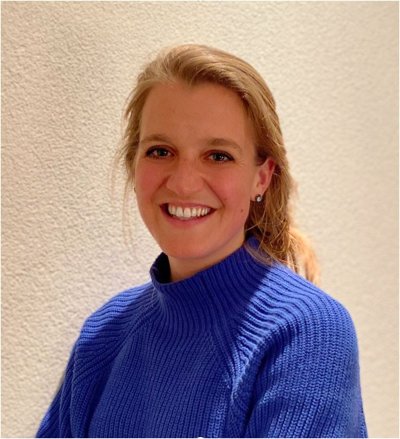"Cutting-edge" technology for oncological oral surgery
Due to the COVID-19 crisis the PhD defence of Susan Brouwer de Koning will take place online (until further notice).
The PhD defence can be followed by a live stream.
Susan Brouwer de Koning is a PhD student in the research group Nanobiophysics (NBP). Her supervisor is prof.dr. T.J.M. Ruers from the Faculty of Science and Technology (TNW).
 Cutting-edge technology has the potential to provide guidance during oncological oral surgery. Guidance could be considered in two ways: to evaluate the cutting edge of the resected specimen after the resection (resection margin assessment) or to indicate where to cut during the resection (surgical guidance).
Cutting-edge technology has the potential to provide guidance during oncological oral surgery. Guidance could be considered in two ways: to evaluate the cutting edge of the resected specimen after the resection (resection margin assessment) or to indicate where to cut during the resection (surgical guidance).
To determine whether the tumor is completely excised during surgery, there is a need for technologies that provide intra-operative feedback on the status of the resection margin. In this thesis, the status of the resection margin of fresh surgical specimens from patients with oral cavity cancer was evaluated with ultrasound, diffuse reflectance spectroscopy (DRS) and hyperspectral imaging (HSI). Ultrasound works fast, reaches a sampling depth of several centimetres and is widely available. However, it is user dependent and cannot detect microscopic tumor infiltrations. DRS is suitable for microscopic tumor detection at specific suspicious locations build into a surgical instrument, whereas HSI could be used for evaluation of the whole resection surface in one view. However, these optical technologies require more research to increase the robustness.
Surgical guidance is relevant in patients undergoing surgery for malignant disease invading the mandible, where osteotomies (i.e., the resection through bone) of the involved part of the mandible must be determined accurately to ensure clear resection margins, but also to allow precise placement of bone segments for reconstruction. At the moment, these surgeries are prepared virtually, and patient-specific cutting guides are used to translate the position of the osteotomies from the virtual surgical plan to the clinical situation in the operating room. It is hypothesised that the use of surgical navigation could expedite the preparation of the procedure and improve the accuracy. The accuracy of the surgical navigation system was evaluated with a patient study and inaccuracies of 2.6 ± 1.5 mm were achieved. A dental splint was designed to improve the accuracy further (inaccuracy of 0.83 mm). Furthermore, to achieve both guidance in localization of the osteotomy as well as guidance during sawing, a navigated cutting guide was developed.





